Table 6.
TCM for treating AD by reducing mitochondrial dysfunction.
| Numbers | Compounds | Chemistry structure | Dosages | Activities | Molecular mechanism | Models | References |
|---|---|---|---|---|---|---|---|
| 1 | Icariin |
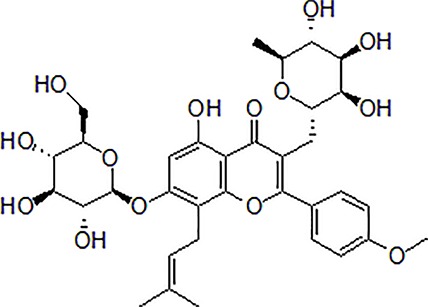
|
65 mg/kg, 20 μmol/kg/day | Improve spatial learning and memory retention | Ameliorate Aβ elevation in mitochondria and regulate the activity and expression of key mitochondrial enzymes | 3 × Tg-AD mice | Lustbader et al., 2004; Reddy and Beal, 2008; Chen et al., 2016 |
| 2 | Salvianolic acid B |
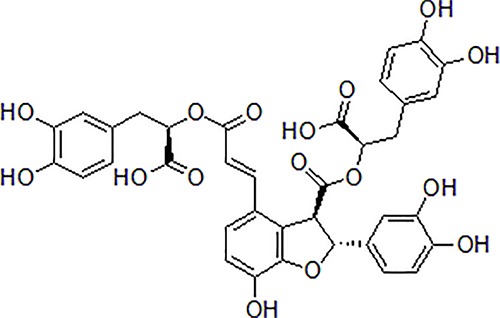
|
50 μM | Inhibit axonal mitochondrial fragmentation | Attenuate axonal mitochondrial fragmentation and increase kinesin-like protein 1 phosphorylation and restore the synaptic density | Primary cultured mouse neurons cell | He et al., 2018 |
| 3 | Ligustilide |
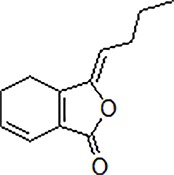
|
10 or 40 mg/kg | Reduce the level of Drp1 and increase levels of Mfn1, Mfn2, and Opa1 | Exerts an antioxidation effect via reducing the levels of MDA and ROS and increasing the activity of Mn-SOD | The APPswe/PS1dE9 (APP/PS1) transgenic mouse | Xu et al., 2018 |
| 4 | Tetrahydroxy stilbene glycoside |
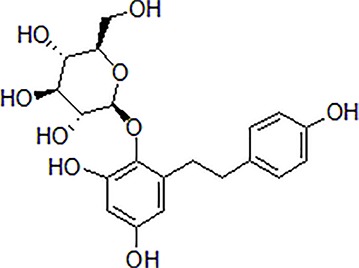
|
100 μg/mL, 5, 10, 30, 60, 90 μmol/L | Alleviate cell oxidative stress injury and mitochondrial membrane potential | Restore Aβ-induced hippocampal neuronal cell damage by restoring mitochondrial function via Nrf2-HO-1 pathway | HT-22 cell | Jiao et al., 2017 |
| 5 | Hopeahainol A |
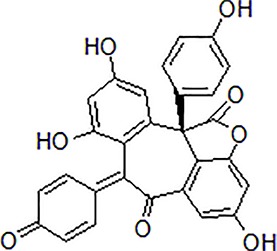
|
4 mg/kg/day | Attenuate memory deficits | Reduce mitochondrial dysfunction and oxidative stress | APP/PS1 transgenic mice | Zhu et al., 2013 |
